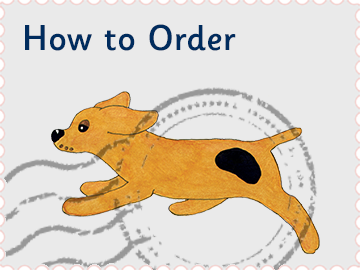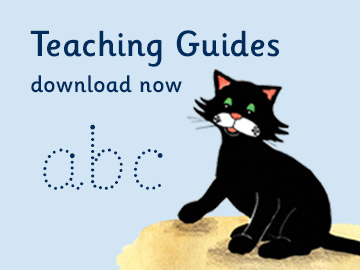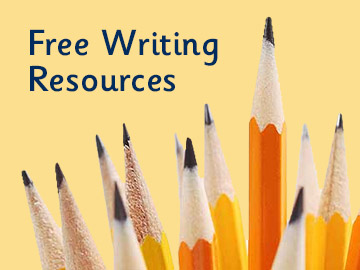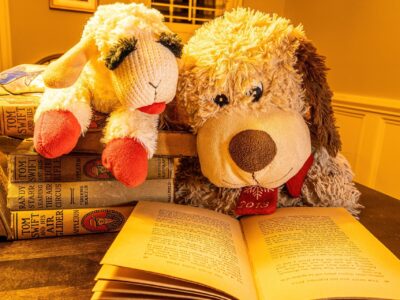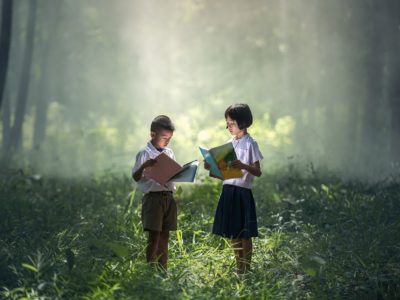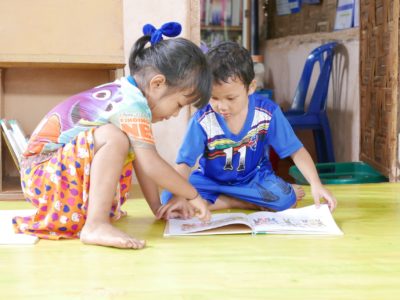No. The order of introduction of letters and sounds, GPCs, is not the same in all the current phonic programmes.
However, they all introduce the 19 most commonly occurring letters of the alphabet first.
These are. 'a, b, c, d, e, f, g, h, i, k, l, m, n, o, p, r, s, t, u', although the order of introduction of these letters varies from programme to programme.
Some programmes introduce 's, a, t, p, i, n' first. Other programmes use 's, a, t, m, i, d' first.
The Jelly and Bean books use 'c, a, t, m, h, o, n' first so that the words 'cat, mat, hat, on, a' may be used.
All the programmes introduce the rest of the letters of the alphabet and the consonant digraphs, 'th, sh, ch, ng, ck' in the Reception Year (EYFS)
All programmes aim to teach one vowel grapheme (spelling) for each of the vowel phonemes (sounds) in the Reception Year (EYFS).
Letters and Sounds (2007) aims to teach the following vowel graphemes in Phase 3 for the Reception Year (EYFS):
'ai' as in 'sail', "ee' as in 'sheep' , 'igh' as in 'night', 'oa' as in 'toad', 'oo' as on 'moon', 'oo' as in 'look', 'ar' as in 'bark', 'er' as in' bigger', 'or' as in 'fork', 'ur' as in 'curl', 'oi' as in 'soil', "ow' as in 'down', 'air' as in 'hair' , 'ear' as in 'year', 'ure' as in 'cure'
Other programmes introduce different vowel graphemes (spellings) first. These are:
'ay' (day) instead of 'ai'(sail), 'ow' (blow) instead of 'oa' (toad), 'ie' (pie) instead of 'igh' (night), 'oy' (toy) instead of 'oi' (soil), 'ir' (bird) instead of 'ur' (curl), 'ou' (out) instead of 'ow' (down)
and some programmes leave the trigraph sounds and spellings (air, ear, ure) until Year 1.
The Early Learning Goal, ELG, which refers to this phonic knowledge for children in the Reception Year, EYFS, states that:
'Children at the expected level of development will:
- say a sound for each letter of the alphabet and at least 10 digraphs.'
Assuming that children are taught 'th, sh, ch, ng, ck' first, then they are expected to know at least 5 of the 15 vowel sounds and spellings by the end of EYFS, or the Reception Year.
The National Curriculum (2014) gives a list of all the GPCs to be taught in Year 1 that may be used in the Phonic Screening Check..
* The reason why Jelly and Bean books do not begin with 's, a, t, p, i. n' or 's, a, t, m, i, d' is because I could not find enough simple nouns to illustrate using these particular combinations of letters.
The letter 'y' has at least four different roles in the English language, three of these as vowels and one as a consonant.
Young children meet these different roles in the very common words 'mummy, my, yes, gym' before they first attend school.
1. Jelly and Bean books introduce 'y' as a vowel first, as it is seen in words like 'mummy, daddy, happy, sorry'.
Here the sound at the end of these words is /i/ or /ee/, depending on accent and region.
The reason for the early inclusion in our books, is because children often want to send cards to 'mummy' and 'daddy', as well as write 'happy birthday' to their friends.
It does not seem reasonable to leave teaching this role of 'y' until it occurs towards the end of a phonic sequence of alternative sounds taught in Year 1. This would mean we could not use any words ending in 'y' in our books for the Reception Year or early in Year 1. Consequently our books are seen as being not 'fully decodable' within the phonic sequences taught in schools in England at present.
2. The second role of 'y' is in words such as 'my, by, cry, sky, fly', where 'y' is pronounced as a 'long vowel' sound. It is classed as an alternative spelling of the /igh/ sound.
The reason we have introduced 'y' in this role next, is because children often want to write about themselves using the word 'my'..
3. The third role of 'y', as a consonant, can be found at the beginning of words like, e.g. 'you, yes, yell, yellow'.
4. The fourth role of 'y' can be found in the middle of words like 'gym, crystal, gypsy'. In words like these 'y' is pronounced the same as the 'short i' sound /i/.
The letter 'y' is also seen in the vowel graphemes 'ay, ey, oy' (day, they, donkey, toy) usually at the end of words.
Jelly and Bean are sister and brother. Jelly is the female cat with blue eyes and a white chest, paws and tail. Bean is white around his nose. Otherwise, he is a black cat. He has green eyes.
Wellington is the father of Kevin. Father and son are farm dogs and they have an outside kennel, although they live in the farmhouse when it is cold and wet.
Lotty is the farmer's pet dog. She has a basket under the kitchen table.
Jelly, Bean, Wellington, Kevin and Lotty all live at Follifoot Farm.
No. Training is not necessary for anyone to use any of the Jelly and Bean books. They can be used with any approach to teaching reading. The words and illustrations are very closely aligned to make sure that children understand the words on the page. The words, letters and sounds are introduced gradually so that children only have to learn a few at a time. The writing activities help children learn the shape of each letter. By reading, writing and saying the words in the text, children can be taught the grapheme/phoneme correspondences at the heart of the written English language.
No. Jelly and Bean books are not a synthetic phonic teaching programme. They may be used as supplementary resources for any of the current teaching programmes, or they may be used with any other teaching method.

